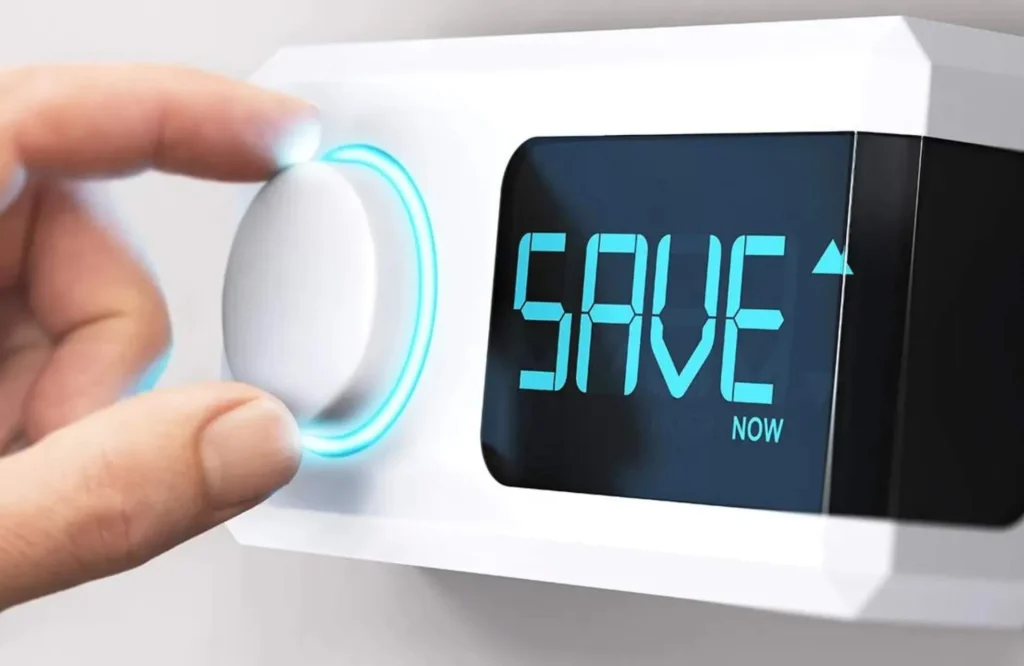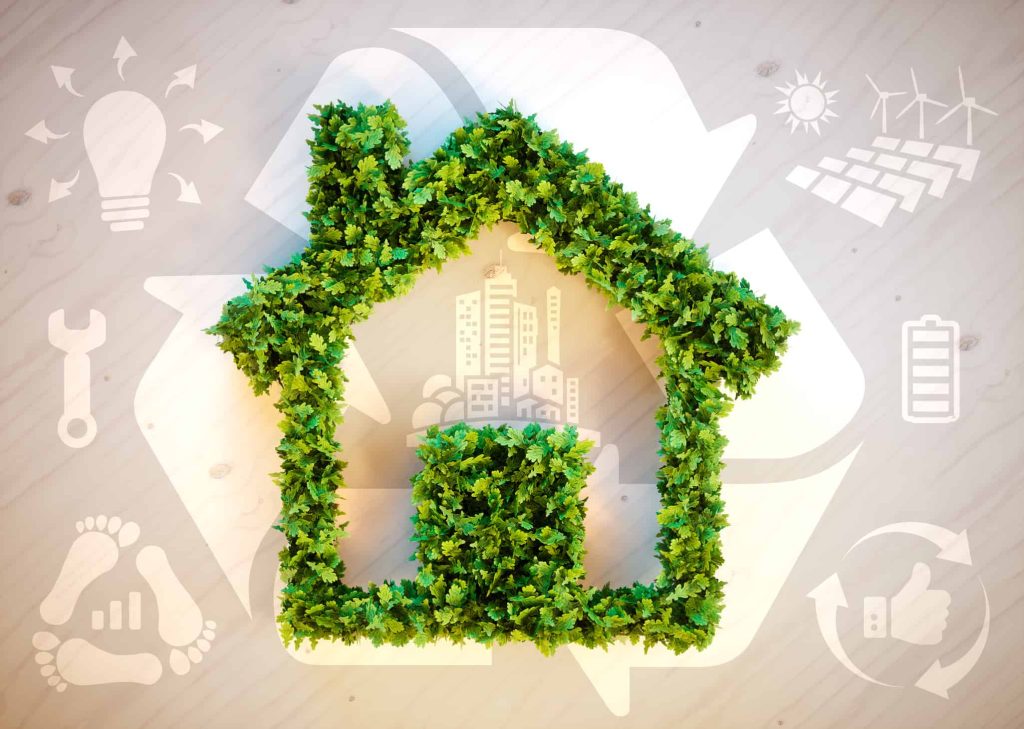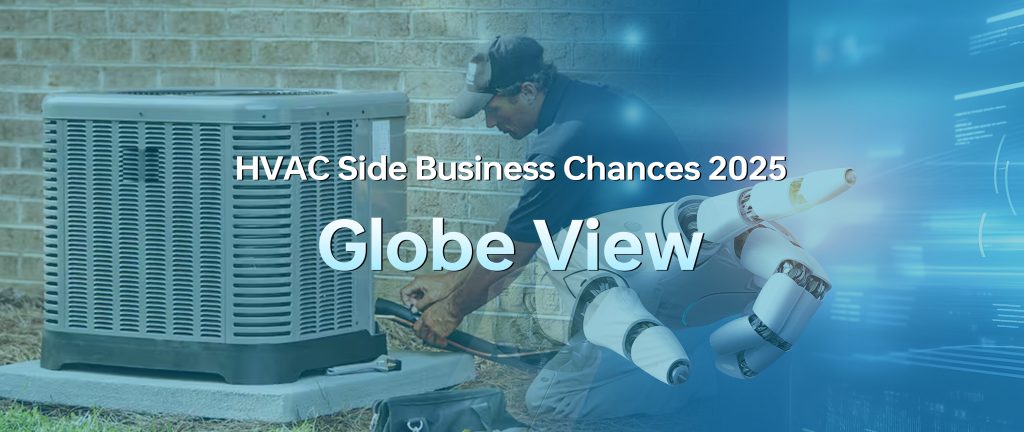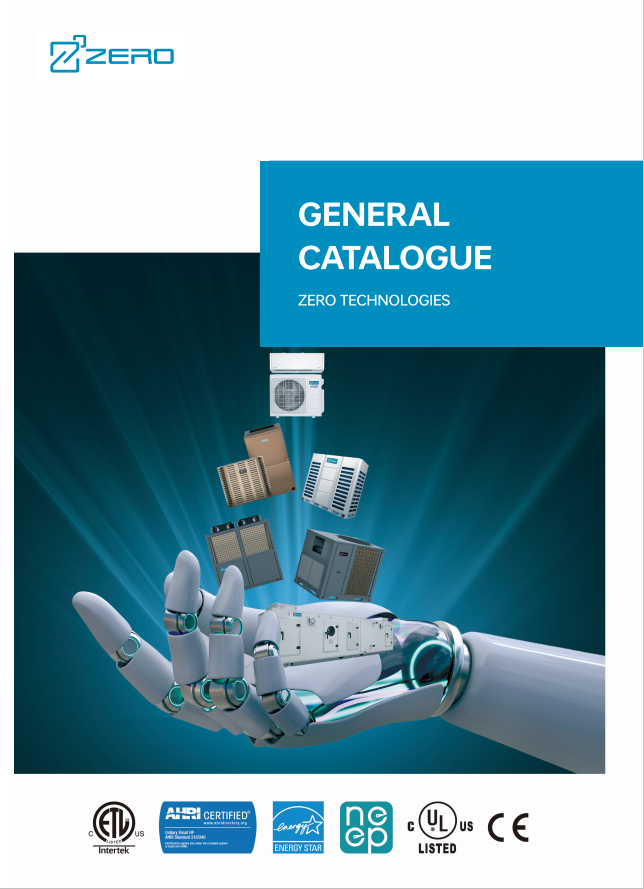As environmental awareness grows, the U.S. government is encouraging homeowners to make energy-efficient upgrades to their existing homes. Starting in 2025, the IRS has introduced new requirements for the Energy Efficient Home Improvement Tax Credit, and this article explains the eligibility criteria, qualified improvements, and key things to keep in mind when claiming the credit.
What Is the Energy Efficient Home Improvement Tax Credit?
This federal tax credit is designed to help homeowners reduce energy consumption and carbon emissions by incentivizing energy-efficient upgrades—such as installing new HVAC systems, windows, insulation, or electric panel upgrades.
Beginning in 2025, many eligible products will require a Qualified Manufacturer (QM) Code, which helps the IRS confirm that the product meets federal efficiency standards.

Eligibility by Improvement Type
The type of improvement determines whether your property qualifies. Here’s a breakdown:
Exterior Doors, Windows, Skylights, Insulation, and Air Sealing Materials/Systems
The home must be located in the U.S.
You must own and use the home as your primary residence
Second homes and rental properties are not eligible
Only existing homes qualify (not new construction)
Central Air Conditioners, Heat Pumps, Water Heaters, Biomass Stoves, and Electrical System Upgrades
The property must be in the U.S.
Can be a primary residence or a second home
Renters who make eligible improvements may also qualify
This includes upgrades to panels, subpanels, branch circuits, and feeders
Home Energy Audits
The home must be located in the U.S.
You must own or use it as your primary residence
Renters can qualify, but second homes do not
What Counts as a “Primary Residence”?
The home where you live the majority of the year
Must be located in the U.S.
Can include: Single-family homes, Condominiums, Co-ops, Mobile homes, Houseboats, Manufactured homes

Ineligible Scenarios
Newly constructed homes
Homes you own but do not live in (e.g., rental-only properties)
Attempts to claim more than you owe in federal taxes
Carrying unused credit forward to future tax years is not allowed
Tax Credit Amounts and Timeline
You can claim the maximum eligible amount each year
There is no lifetime limit—you can claim annually through 2032
The credit is non-refundable—it only reduces what you owe in taxes
Unused credit cannot be carried forward to future years
New Requirement: Qualified Manufacturer (QM) Codes
Starting in 2025, you must include a QM Code on your tax return for the following products to qualify for the credit:
Applies to:
Heat pumps (outdoor unit only)
Water heaters
Central air conditioners (CAC)
Furnaces and boilers
Biomass stoves and boilers
Windows, doors, skylights
Electrical panel upgrades (also applies in future years)
Manufacturers are currently applying to become “Qualified Manufacturers.” For 2025, simply include the four-digit QM code on your tax return.
Who Should Consider Claiming This Credit?
You should consider applying if you are:
Upgrading your home’s HVAC system or water heater
Replacing windows, doors, or insulation with energy-efficient models
A renter who’s making qualified energy-saving improvements
A homeowner planning annual improvements and looking to save on taxes
Be sure to ask your contractor if the product qualifies for the federal tax credit and request the appropriate documentation, including the QM Code.
How to Claim the Federal Tax Credits
These credits are administered by the IRS and can be claimed on your federal income tax return for the year the upgrades are made.
- Claim the credits using the IRS Form 5695
- Instructions for Form 5695
- Instructions for Form 5695 (Print Version – PDF)
For more details on how to claim the credit, follow the step-by-step guide:
Final Tips
Keep invoices, product certifications, and documentation for tax purposes
Work with a licensed tax professional if you’re unsure about filing
Visit the IRS website for the most up-to-date guidance
For more information on claiming the tax credit, please visit: https://www.irs.gov/credits-deductions/energy-efficient-home-improvement-credit





